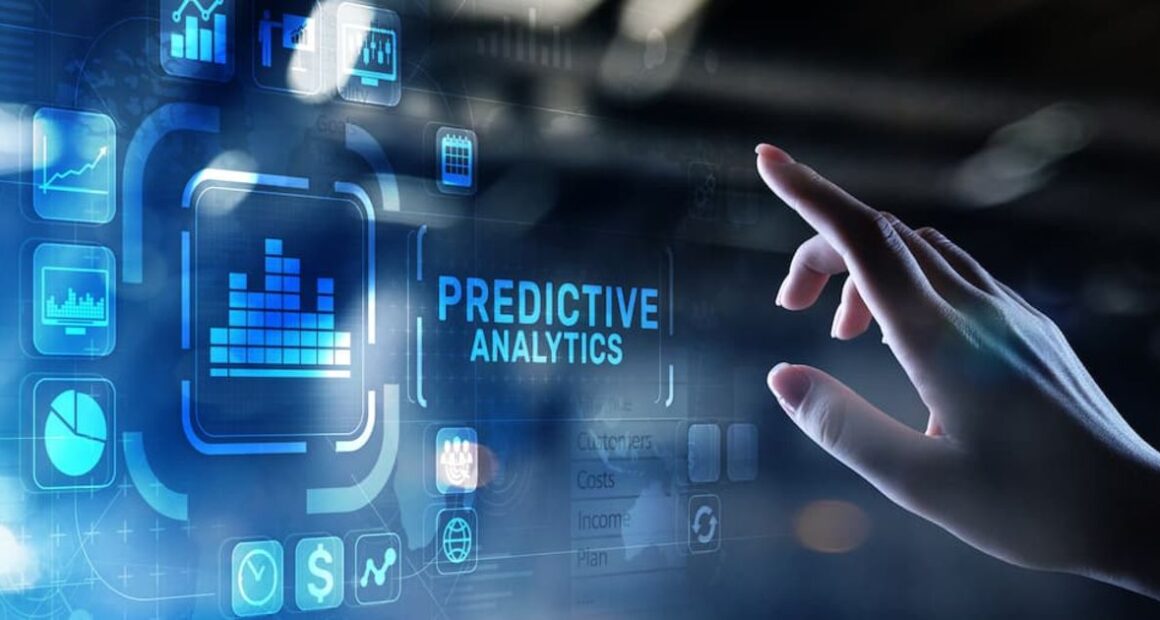Understanding Predictive Analytics
Forecasting with Precision
Predictive analytics in marketing leverages AI to analyze historical data and forecast customer behavior, enabling businesses to anticipate trends and preferences. By processing data from CRM systems, social media, and purchase histories, AI models predict outcomes with 85% accuracy, per a 2024 Salesforce report. In 2025, 65% of marketers use predictive tools to drive campaigns, optimizing resource allocation and boosting ROI.
Personalizing Customer Experiences
Tailoring Offers in Real Time
AI-driven predictive models analyze customer data to deliver hyper-personalized content, increasing engagement by 20%, according to McKinsey. Retailers like Amazon use predictive analytics to recommend products, driving 35% of their sales. By forecasting preferences based on browsing patterns and demographics, businesses craft targeted campaigns, reducing churn rates by 15% and enhancing customer loyalty in competitive markets.
Optimizing Campaign Performance
Maximizing Marketing Efficiency
Predictive analytics helps marketers allocate budgets effectively by identifying high-value customer segments. Tools like HubSpot’s AI predict which channels—email, social, or ads—yield the best conversions, improving campaign ROI by 30%, per a 2025 Forrester study. For example, predictive models can prioritize Instagram ads for Gen Z, ensuring ads reach audiences most likely to convert, minimizing wasted spend.
Forecasting Customer Churn
Retaining High-Value Clients
AI identifies at-risk customers by analyzing behavioral signals like reduced website visits or cart abandonment. In 2024, companies using predictive churn models retained 25% more customers, per Gartner. By proactively offering discounts or personalized outreach, businesses reduce churn costs, which average $1.6 trillion annually for U.S. firms. This proactive approach strengthens long-term customer relationships.
Enhancing Lead Scoring
Prioritizing High-Potential Prospects
Predictive analytics refines lead scoring by ranking prospects based on their likelihood to convert, using data like email opens or past purchases. Salesforce reports that AI-driven lead scoring boosts conversion rates by 30%. In 2025, B2B marketers use tools like Marketo to prioritize leads, cutting sales cycles by 20% and focusing resources on prospects with the highest revenue potential.
Overcoming Implementation Challenges
Navigating Data and Cost Barriers
While predictive analytics offers transformative benefits, challenges include data quality and integration costs, averaging $500,000 for mid-sized firms, per IDC. Ensuring compliance with privacy laws like GDPR, which 70% of marketers cite as a concern on X, is critical. Partnering with platforms like Google Cloud’s AI analytics, which processed 10 petabytes of marketing data in 2024, helps businesses overcome technical hurdles and scale effectively.









